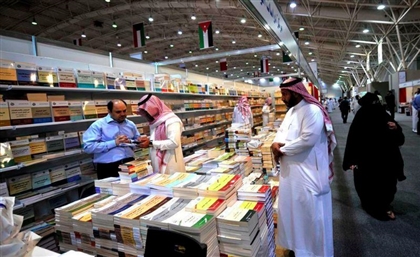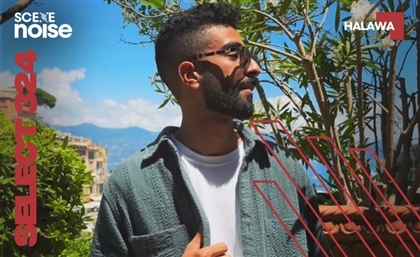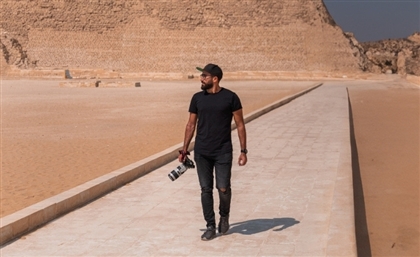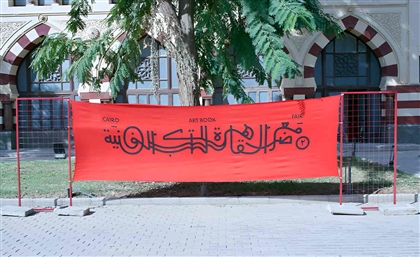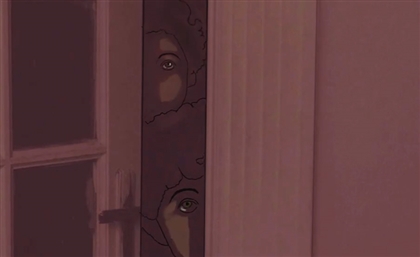Jeddah’s Corniche Mosque by Egyptian Architect Abdel-Wahed El-Wakil
Designed in the 1980s by the award-winning architect, the mosque appears to emerge out of the Red Sea.
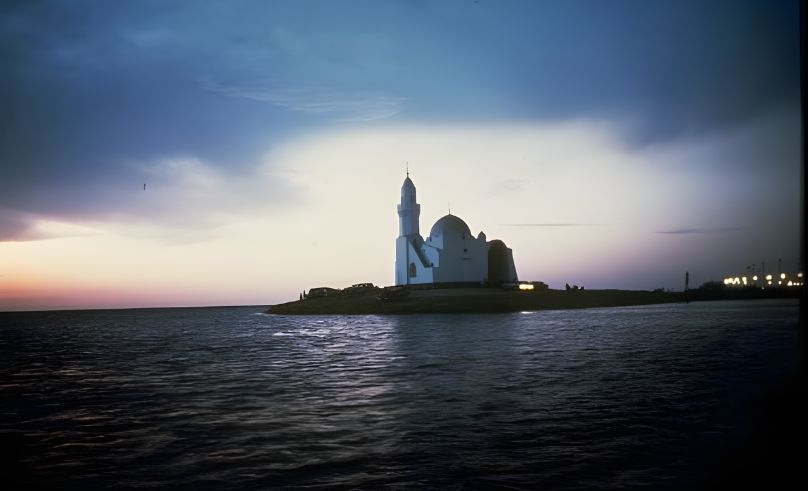
Standing as a serene white silhouette reflecting on the blue waters of the Red Sea, the Corniche Mosque in Jeddah was designed by renowned Egyptian architect Abdel-Wahed El-Wakil. Sculpted with elegance, the mosque withstood the test of time and remains today a harmonious fusion of tradition and modernity.
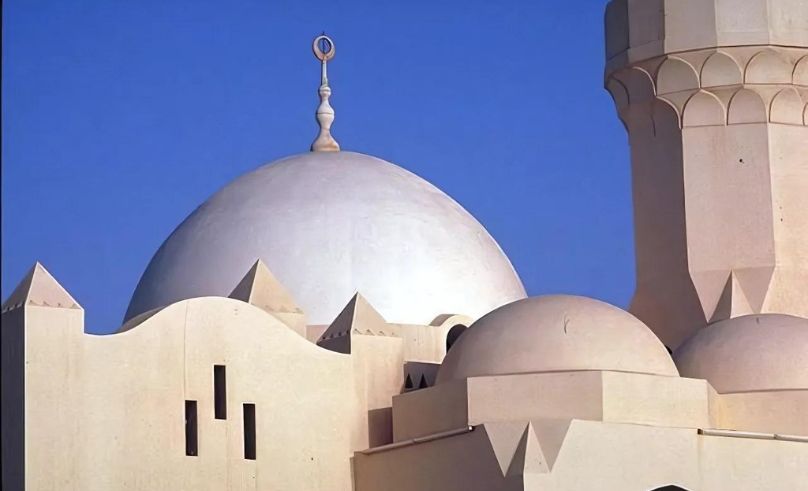
El-Wakil, a two-time recipient of the Aga Khan Award for Architecture, first gained recognition in 1980 for his Halawa House in Agamy, Egypt, and again in 1989 for this architectural gem overlooking Jeddah’s corniche.
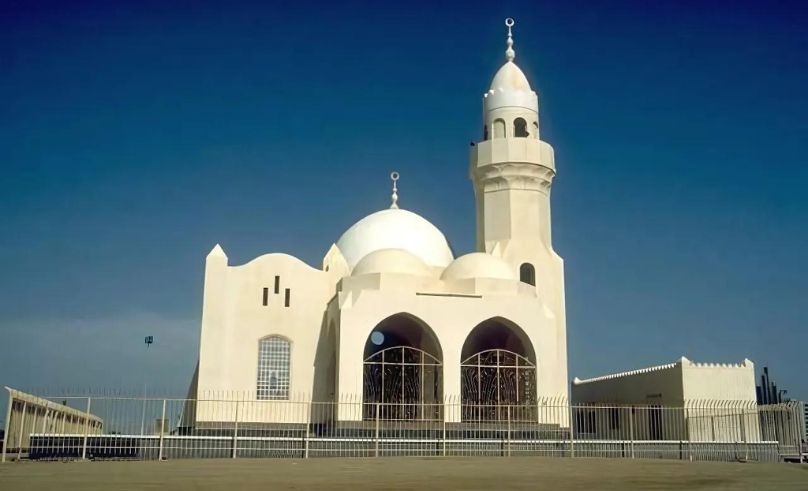
The Corniche Mosque is part of an initiative commissioned by the Saudi government, which tasked El-Wakil at the time with designing one of four mosques aimed at enhancing the city’s beauty. El-Wakil’s contributions to the kingdom didn’t end there, as he went on to design over 11 mosques in both Jeddah and Medina.
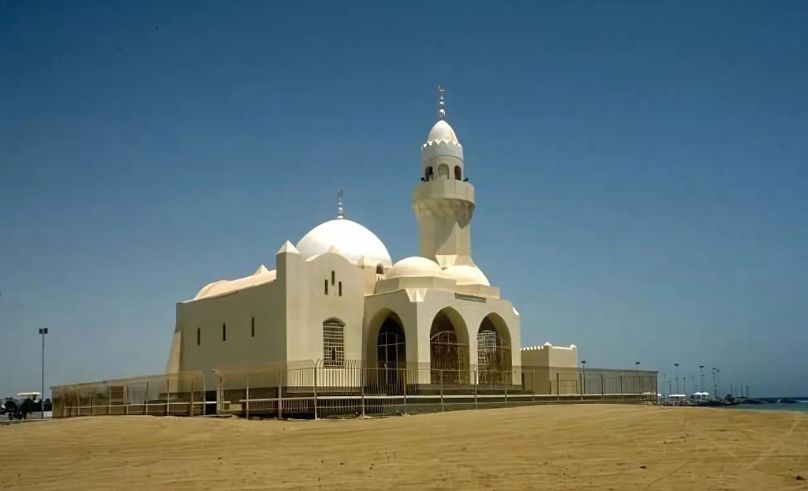
The Corniche Mosque’s design draws heavily from various historical archetypes, boldly merging them to create a geometric composition that’s spiritual at heart.
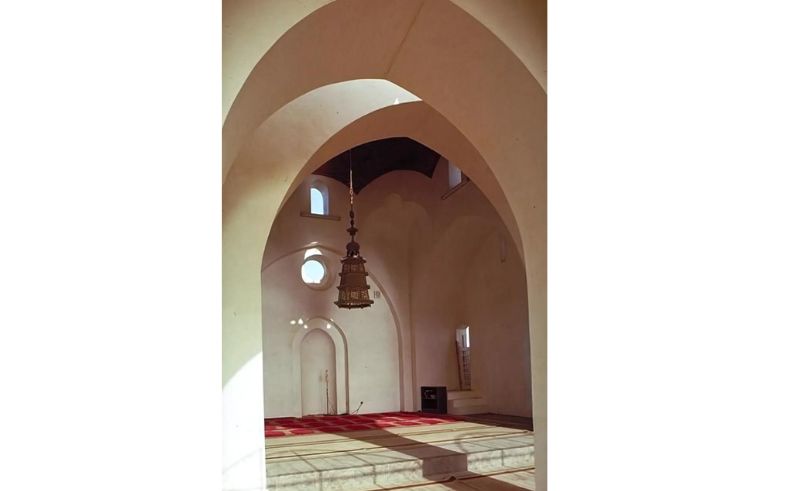
El-Wakil’s design unfolds as a divine dialogue, with the central cube symbolising the earth - solid and steadfast - while the dome reaches skyward, representing the heavens. Bridging these realms is the drum, a graceful neck adorned with eight windows that invite natural light.
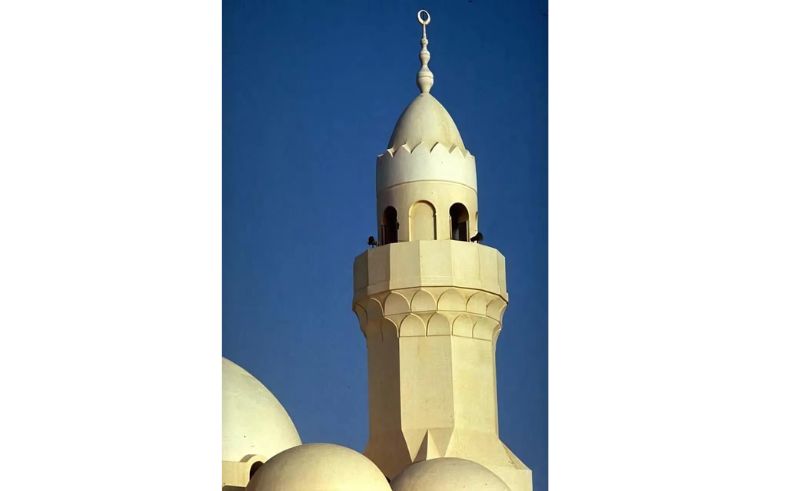
A devoted student of the legendary architect Hassan Fathy, and a believer in the sacredness of Earth, El-Wakil relied mainly on traditional methods for the Corniche Mosque’s construction. The building is composed of load-bearing brick walls, made of hollow baked mud bricks held together with mortar and coated in white paint.
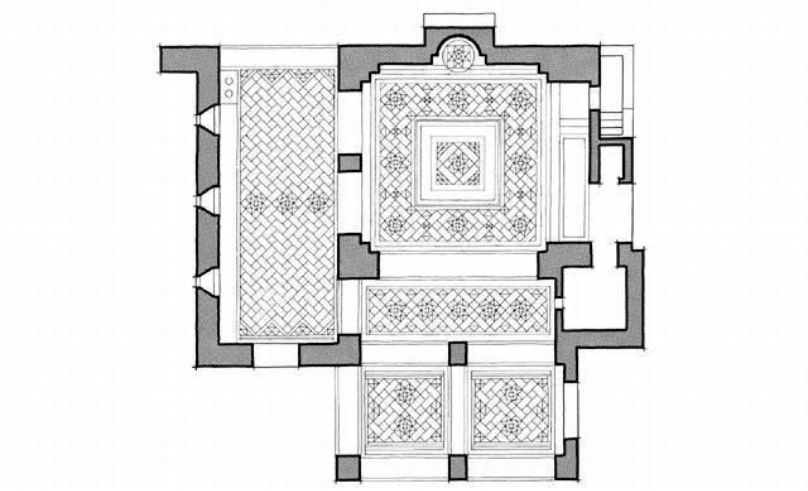
Central to the overall volumetric composition, the dome structure in the main prayer hall remains exposed and is painted in dark bronze, adding warmth to the spiritual space. On the eastern wall facing the qibla, a projected mihrab is carved beneath an oculus-like window.
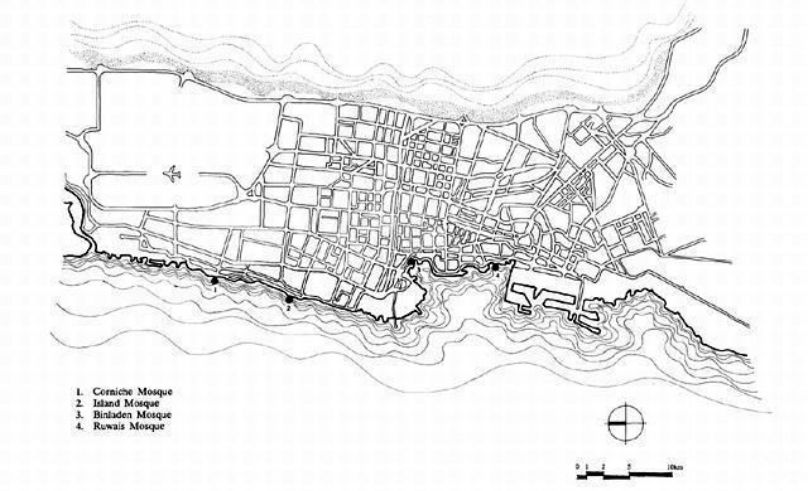
The northern wall features two three-pointed arch windows, reminiscent of Abbasid architecture. Each is adorned with light wood trellis, akin to mashrabiyas, which provide privacy while creating a delicate interplay of light and shadow.
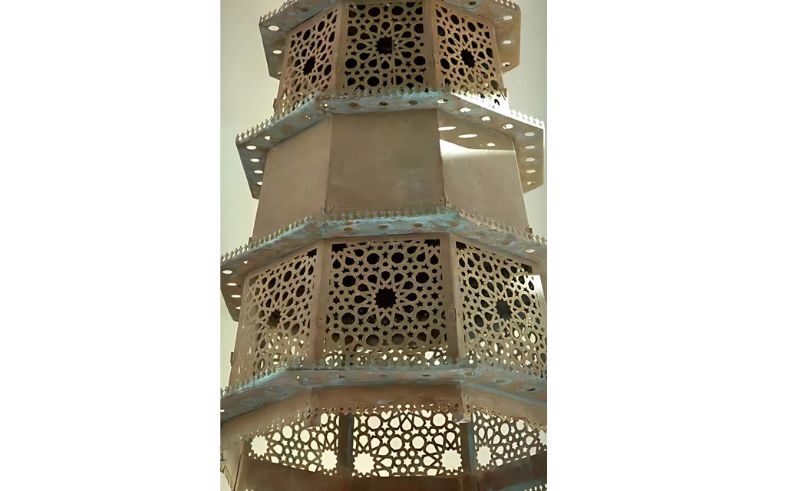
For El-Wakil, drawing from the past to design modern buildings is essential - a practice rooted in respect for tradition and culture. The Corniche Mosque stands as a testament to architecture’s ability to transcend its physical significance.
- Previous Article Italian-Palestinian Duo No Input Debuts Eponymous Electro EP
- Next Article Travel Across History on Egypt's Most Iconic Bridges
Trending This Week
-
Dec 12, 2025








